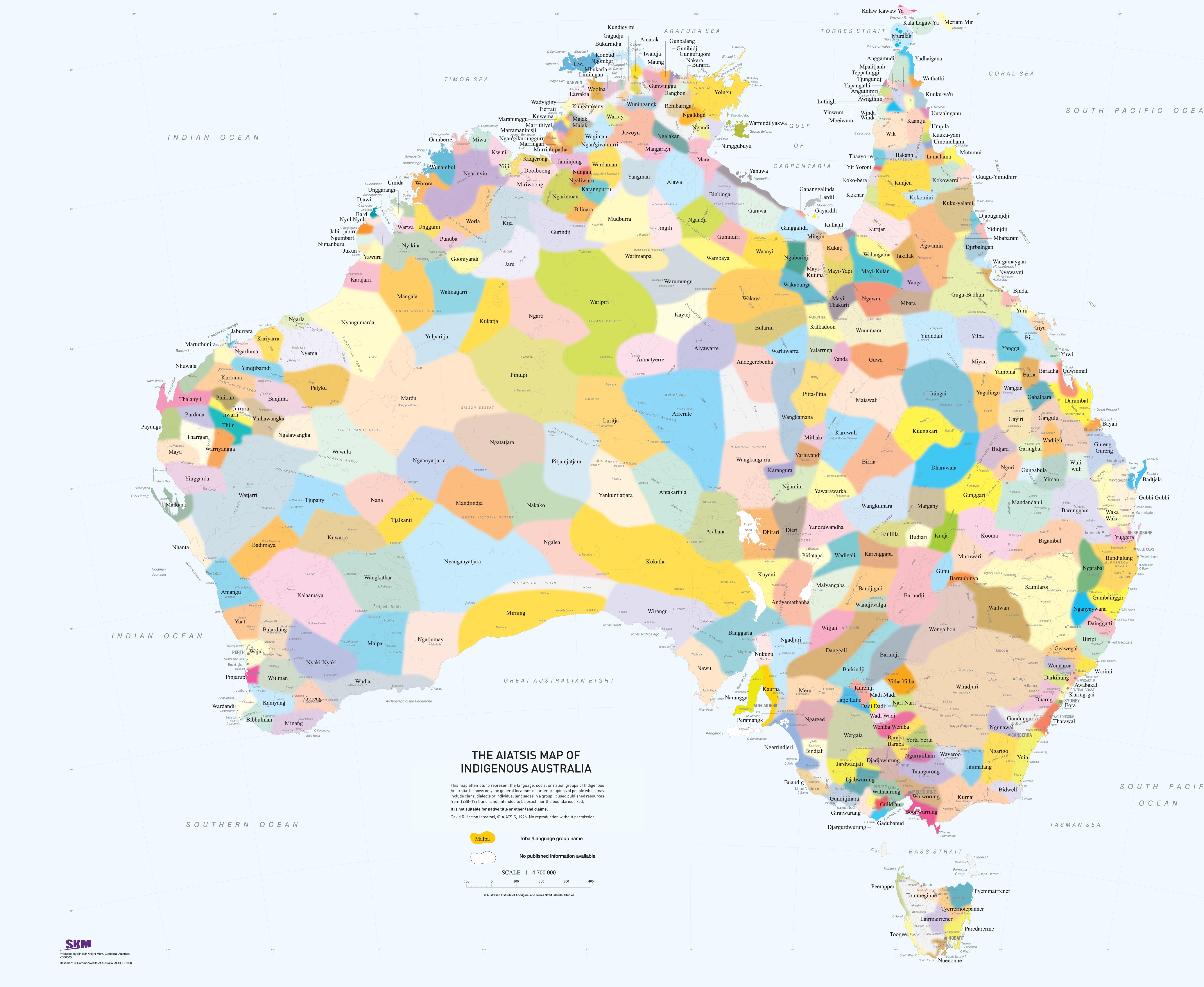The Importance of Aboriginal Languages
How do you talk to someone who doesn’t understand your language?
What good are written translations to someone who can’t read?
Difficulties involved with communicating with Aboriginal and multilingual audiences are well documented. Because Aboriginal languages were traditionally only spoken it makes sense that audio is the key to the communication gap.
The ability to communicate clearly is a key function for all people. Being able to communicate effectively in an individual’s first or home language connects a person to their ethnic group and helps to shape a persons’ identity.
OneTalk Talking Products are the first set of integrated tools of its kind in Australia and only through experience and direct consultation with elders of Aboriginal communities OneTalk was able to develop a better understanding of language, cultural sensitivities and communication issues in regional and remote areas across the Northern Territory.
Language and Culture
At the 2016 census, one in ten Aboriginal and Torres Strait Islander people reported speaking an Australian Indigenous language at home. This was an increase from 60,550 in 2011 to 63,754 persons.
The NT is one of the most linguistically diverse areas of the world. Aboriginal languages of the NT vary greatly in their grammatical structures, concepts and vocabulary. In the Northern Territory, these were the top 5 languages spoken according to the 2016 Census data: Kriol, Tiwi, Djambarrpuyngu, Warlpiri, and Burarra.
Of the 150 Australian Indigenous languages spoken at home in 2016, the five most widely reported language groups spoken at home were: Arnhem Land & Daly River Region (16.1% ), Torres Strait Island (11.7%), Western Desert (11.1%), Yolngu Matha (10.6%) and Arandic (7.3%)
A total of 150 Australian Indigenous languages were spoken in homes in 2016, reflecting the linguistic diversity of Australia’s Aboriginal and Torres Strait Islander population.
Northern Territory has Australia’s highest proportion of Aboriginal and Torres Strait Islander people (25.5 per cent of the NT population)
For the 2016 Census in Greater Darwin, there were 11,966 Aboriginal and/or Torres Strait Islander people. There were 58246 in the Northern Territory.
Some communities, such as Wadeye, have multiple Indigenous dialects
English is a second and often a third language in regional/remote Indigenous communities like Milingimbi.
Traditionally all Indigenous languages, culture and story-telling were spoken or painted, not written.
63% of the Territory’s indigenous population live in places that the Australian Bureau of Statistics consider very remote
51.1% of the Northern Territory’s population identified as Australian Aboriginal

Acknowledgment and disclaimer
This map attempts to represent the language, social or nation groups of Aboriginal Australia. It shows only the general locations of larger groupings of people which may include clans, dialects or individual languages in a group. It used published resources from 1988-1994 and is not intended to be exact, nor the boundaries fixed. It is not suitable for native title or other land claims. David R Horton (creator), © Aboriginal Studies Press, AIATSIS, 1996. No reproduction without permission. To purchase a print version visit: www.aiatsis.ashop.com.au/
For more information about the Indigenous languages spoken in the Northern Territory, go to the Aboriginal Interpreter Services Website.
For more information about the Indigenous languages spoken across Australia, go to the AIATSIS website.

